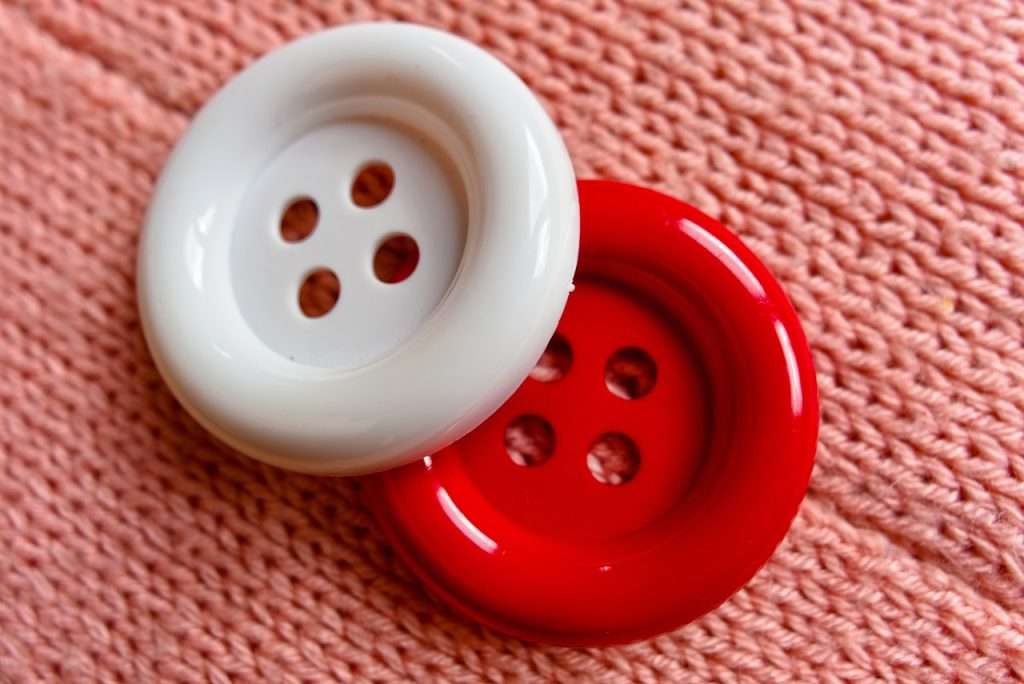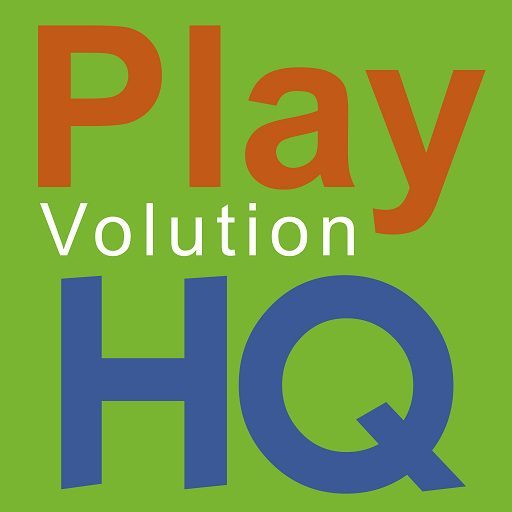
Table of Contents
Overview
Button, Button, Who’s Got the Button? is a classic children’s guessing game that’s been delighting players for generations with its simplicity and suspense. In this game, a group of players passes—or pretends to pass—a small button around a circle while one player, the guesser, tries to figure out who’s holding it. Perfect for parties or family gatherings, it’s a lighthearted test of observation, bluffing, and quick thinking.
How To Play
This game can be played in many ways. Here’s how to play a standard version:
- Gather Players—You’ll need at least four people: one guesser and at least three players to form a circle. Larger groups add to the fun and challenge.
- Choose The Guesser—One player is selected as the guesser and moves to the group’s center.
- Pass The Button—The players sit or stand close together in a circle, hands behind their backs or under a table, secretly passing the button (or pretending to) among themselves.
- Chant And Guess—When they are ready, the group “chants, button, button, who’s got the button?” and the guesser picks a player they think has the button.
- Reveal And Rotate—The chosen player shows their hands. If correct, the guesser joins the circle, and the button holder becomes the new guesser. If wrong, the guesser tries again. After a set number of incorrect guesses (decided beforehand), they swap roles with a circle player anyway.
Multimedia
As you can see in the videos below, this is a game that humans of all ages will enjoy, from young kids entertaining grandparents…
To a version with high school Spanish students using different objects instead of a button…
Equipment
All you need is a small button. If one is unavailable, substitute a coin, pebble, or tiny toy, which will work just as well.

Tips
Here are some game play tips:
- Master The Fake-Out—Practice pretending to pass the button even when you don’t have it to throw off the guesser.
- Watch The Eyes—As the guesser, look for shifty glances or nervous twitches that might betray the button holder.
- Keep It Moving—Pass quickly to keep the game lively and the guesser on their toes.
- Stay Poker-Faced—Avoid giggling or smirking if you’ve got the button—calmness is key.
History
This game dates back centuries, likely emerging as a parlor game for kids and adults alike in Europe. Its simplicity made it a staple in Victorian-era gatherings. Over time, it spread globally, adapting to whatever trinket was handy. It’s still popular today because it needs almost no setup and thrives on social interaction—proof that the best games don’t need batteries.
Variations And Related Games
Check out these variations and related games:
- Hot Potato—Players quickly pass an object (not necessarily a button) to music; when it stops, the holder is out.
- Button Hunt—The button is hidden in the room instead of passed, turning it into a treasure hunt.
- Thimble Game—Replace the button with a thimble; players say, Thimble, thimble, who’s got the thimble? Same rules apply.
- Hot Or Cold—The guesser searches for a hidden object (not passed), guided by “hot” (close) or “ cold” (far) hints from the group.
- Wink Murder—One player is a secret “murderer” who winks to “kill” others while a detective guesses the culprit; involves similar bluffing skills.
Learning
This game boosts development across multiple domains. Socially, it fosters cooperation and communication as players work together to trick the guesser (Social-Emotional). Cognitively, it sharpens observation and problem-solving skills as the guesser analyzes clues and the passers strategize deception (Cognitive). Kids learn to read subtle cues and think on their feet.
Button, Button, Who’s Got the Button? Wrap-Up
This game is timeless—probably because it is easy, engaging, and endlessly replayable. Whether you’re a kid at a sleepover or an adult at a reunion, it brings out the detective in everyone. Grab a button, gather some pals, and see who’s your crew’s sharpest guesser.
Have a game or game variation I should add to the catalog, or a fun story from your own playtime? Scroll to the bottom of this page and drop it in the comments or contact me—I’d love to hear from you and keep growing this collection. If you like the post, share it; that’s always appreciated!
Credits
Big thanks to these sources for the details:
- The Genius of Play for historical context and the tip about substituting objects for a button.
- Empowered Parents for rules and educational insights.
Contribute content to Playvolution HQ
Brought to you by Explorations Early Learning
Browse Trainings
Author
Jeff Johnson is an early learning trainer, podcaster, and author who founded Explorations Early Learning, Playvolution HQ, and Play Haven.
In-Person And Online Training
Learn how to book an in-person or online training for your organization on these early learning topics.
Support The Site
I participate in the Amazon Services LLC Associates Program, an affiliate advertising program designed to provide a means for me to earn fees
by linking to Amazon.com and affiliate sites.
Thanks To Our Patrons
This post was made possible by patrons like these, who generously fund our work:
Supporters
Lissadell Greene Stephanie Goloway Jennifer Stark
Lagina Kozak Michelle Hankins
Marie Messinger Tamara L. Lakin
Fans
Jen Flemming Lizz Nolasco Cynthia J Bays
Susan Warner Kelly Sigalove Shawn Wolf
Vittoria Jimerson Codee Gilbert Wendy Tedford
Monica Morrell Pam Soloman Melissa Franklin
Teresa Watson Erika Felt Autumn Peele
Melissa Taylor Jahmeela Robinson Stacie Manning
Amber Maurina Terra Calamari Anne Jackson
Lagina Kozak Samantha Yeager-Cheevers
Elizebeth McCoy Sammy Cousens Ellen Cogan


Leave a Reply